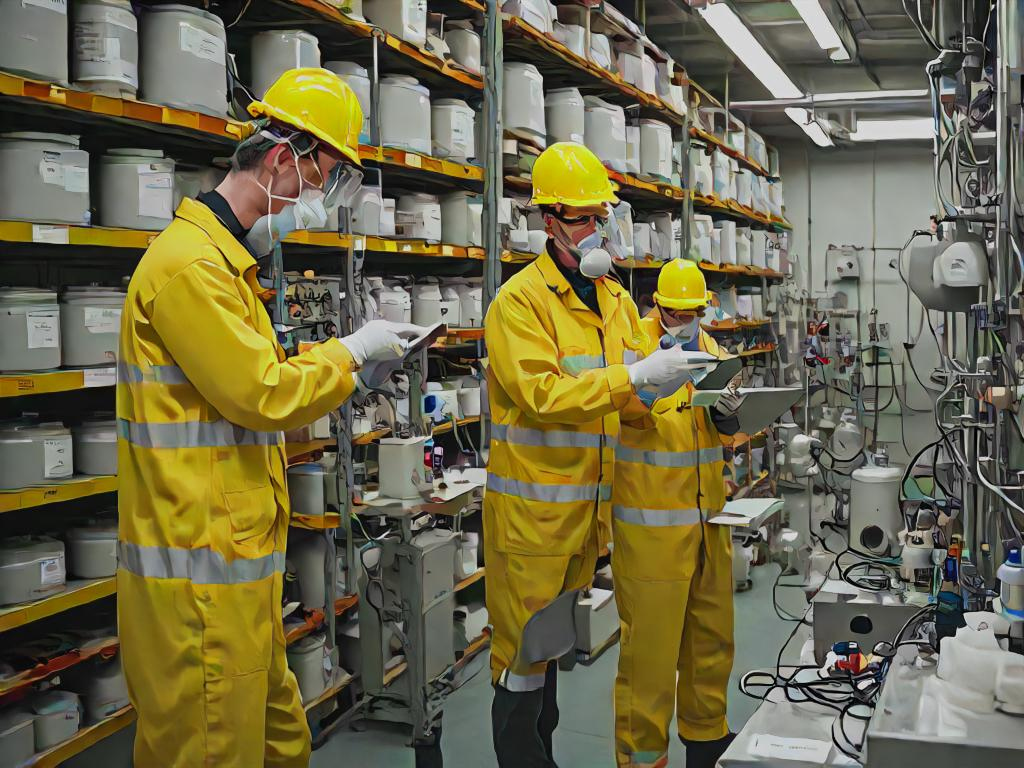
-
Chemical Safety and Certification-
Chemical Safety Audits-
Corrective Actions Post-Chemical Safety Audits
We provide comprehensive solutions designed to help our clients mitigate risks, enhance performance, and excel in key areas such as quality, health & safety, environmental sustainability, and social responsibility.
Discover
For many years, our organization has been operating successfully, boasting modern laboratories that meet international standards. These laboratories are equipped with the latest technology devices and equipment, and we have built a strong team of experienced and trained personnel to operate them.
DiscoverWelcome to Eurolab, your partner in pioneering solutions that encompass every facet of life. We are committed to delivering comprehensive Assurance, Testing, Inspection, and Certification services, empowering our global clientele with the ultimate confidence in their products and processes.
Discover
-
Chemical Safety and Certification-
Chemical Safety Audits-
Corrective Actions Post-Chemical Safety AuditsChemical safety audits are a critical part of maintaining safe operations within laboratories, production facilities, and any other environment dealing with hazardous chemicals. After conducting an audit, identifying non-compliance issues or potential hazards is just the first step. The next vital stage is implementing corrective actions to address these issues effectively. These actions ensure that the facility not only complies with regulations but also minimizes risks, improves safety practices, and fosters a culture of continuous improvement.
Corrective actions refer to the steps taken to address deficiencies, non-compliance, or potential hazards identified during a chemical safety audit. These actions are aimed at eliminating or mitigating the root causes of identified issues to prevent recurrence. Corrective actions may range from small procedural changes to significant modifications in equipment, training, or operational processes.
Corrective actions are crucial for several reasons:
Implementing effective corrective actions involves a structured approach that not only resolves immediate issues but also provides long-term solutions. The key steps include:
1. Reviewing the Audit Findings
The first step in implementing corrective actions is thoroughly reviewing the audit findings to understand the issues. This involves:
2. Root Cause Analysis
Before implementing corrective actions, it is essential to conduct a root cause analysis to determine the underlying reasons for the issues identified in the audit. This ensures that corrective actions address the root causes, not just the symptoms. Common techniques for root cause analysis include:
3. Developing Corrective Action Plans
Once the issues and their root causes are understood, the next step is to create a corrective action plan. This plan outlines the specific steps that will be taken to address the identified issues and improve safety compliance. Key elements of a corrective action plan include:
4. Implementing the Corrective Actions
Once the corrective action plan is developed, the next step is to put the actions into practice. This phase involves:
5. Verification and Documentation
After corrective actions have been implemented, it’s essential to verify their effectiveness. This involves:
6. Continuous Monitoring and Review
Even after corrective actions have been implemented, continuous monitoring is necessary to ensure that the solutions are sustainable and effective over time. Regular reviews and updates to procedures, training, and equipment are crucial for:
Corrective actions can vary depending on the issues identified during the audit. Some common types of corrective actions include:
1. Improving Chemical Storage Practices
2. Enhancing Personal Protective Equipment (PPE) Usage
3. Improving Waste Disposal Procedures
4. Updating Safety Protocols
5. Training and Employee Awareness
Corrective actions following chemical safety audits are essential for ensuring that facilities maintain a high level of compliance with safety standards and regulations. By addressing the root causes of identified issues, implementing solutions, and verifying their effectiveness, organizations can significantly improve their chemical safety practices, reduce risks, and protect both employees and the environment. The implementation of corrective actions not only resolves immediate concerns but also fosters a culture of continuous improvement, where safety is prioritized, and proactive measures are taken to minimize future risks. Regular follow-up, documentation, and monitoring of corrective actions ensure that improvements are sustained and that chemical safety remains a key priority in the workplace.

Construction and Engineering Compliance
Construction and Engineering Compliance: Ensuring Safety, Quality, and Regulatory Adherence In the ...

Transportation and Logistics Certification
Transportation and Logistics Certification: A Comprehensive Guide The transportation and logistics ...
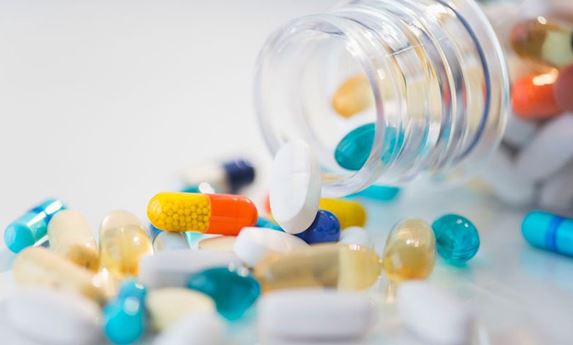
Pharmaceutical Compliance
Pharmaceutical compliance refers to the adherence of pharmaceutical companies and organizations to l...
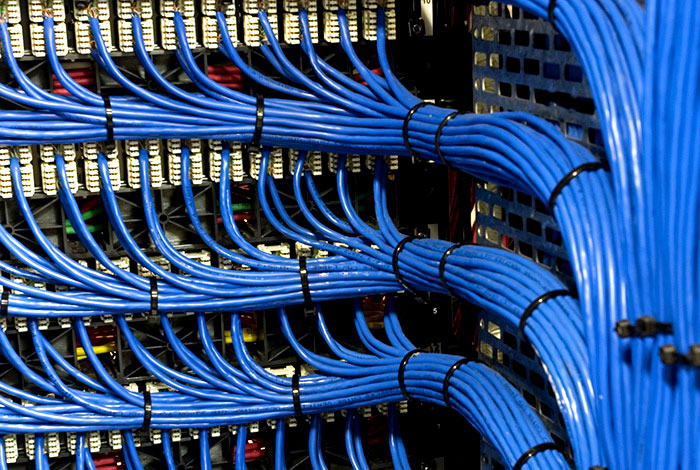
NEBS and Telecommunication Standards
Network Equipment Building System (NEBS) and Telecommunication Standards The Network Equipment Bu...
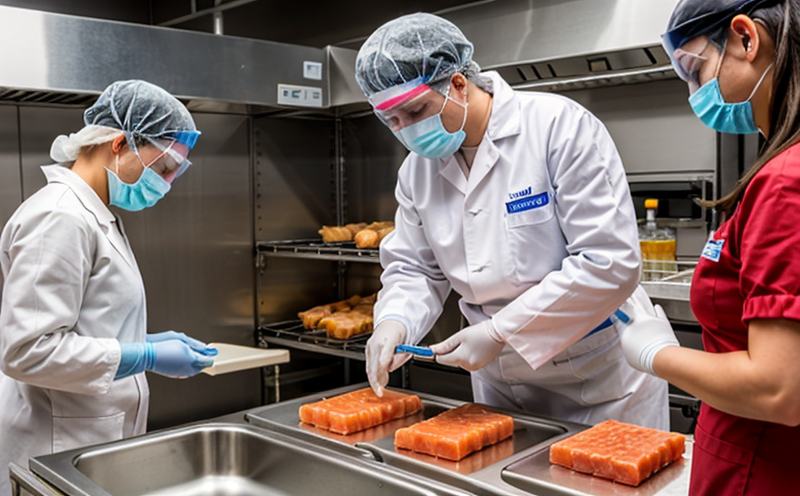
Food Safety and Testing
Food Safety and Testing: Ensuring the Quality of Our Food As consumers, we expect our food to be sa...
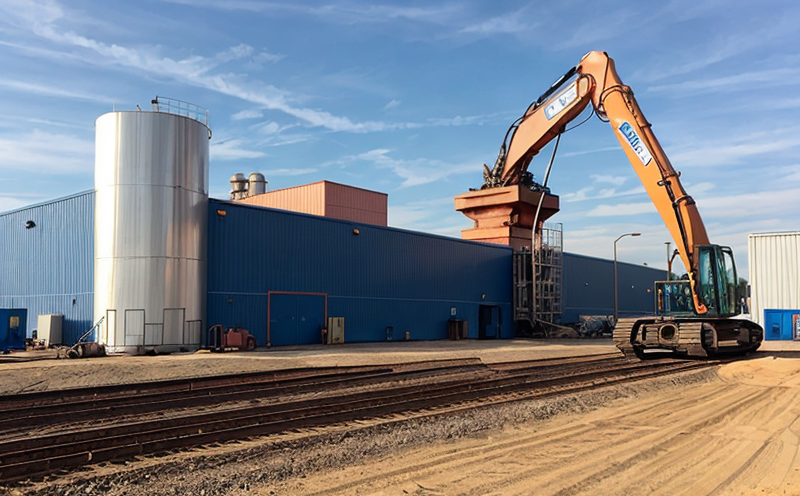
Industrial Equipment Certification
Industrial equipment certification is a critical process that ensures industrial equipment meets spe...

Product and Retail Standards
Product and Retail Standards: Ensuring Quality and Safety for Consumers In todays competitive marke...

Renewable Energy Testing and Standards
Renewable Energy Testing and Standards: Ensuring a Sustainable Future The world is rapidly transiti...

Consumer Product Safety
Consumer Product Safety: Protecting Consumers from Harmful Products As a consumer, you have the rig...

Lighting and Optical Device Testing
Lighting and Optical Device Testing: Ensuring Performance and Safety Lighting and optical devices a...

Electromechanical Safety Certification
Electromechanical Safety Certification: Ensuring Compliance and Protecting Lives In todays intercon...
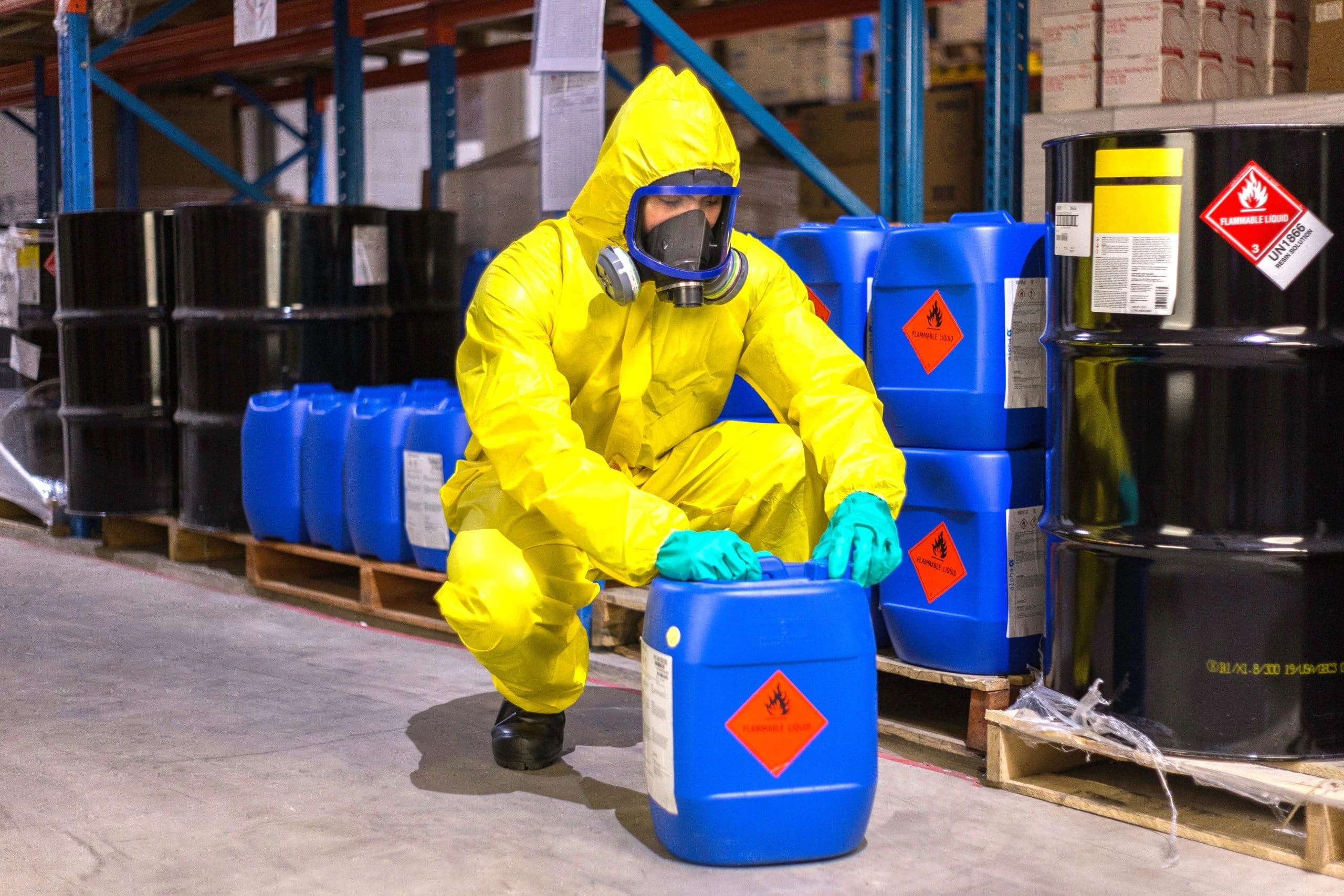
Chemical Safety and Certification
Chemical safety and certification are critical in ensuring the safe management of products and proce...

Environmental Simulation Testing
Environmental Simulation Testing: A Comprehensive Guide In todays world, where technology is rapidl...
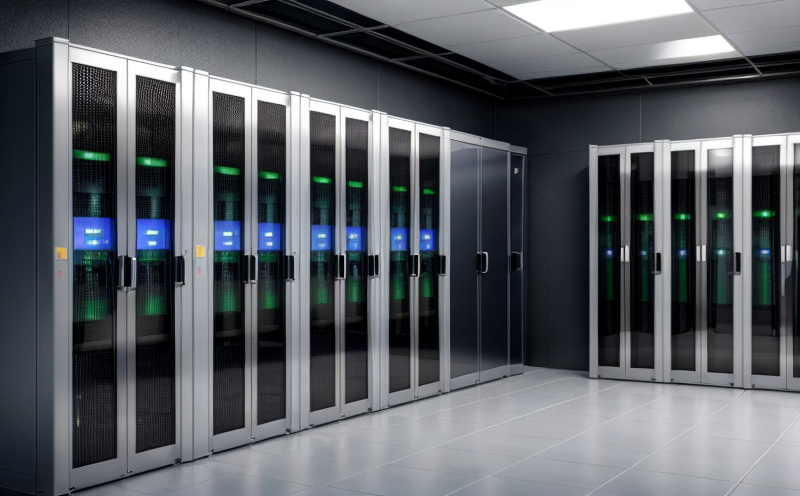
IT and Data Center Certification
IT and Data Center Certification: Understanding the Importance and Benefits The field of Informatio...
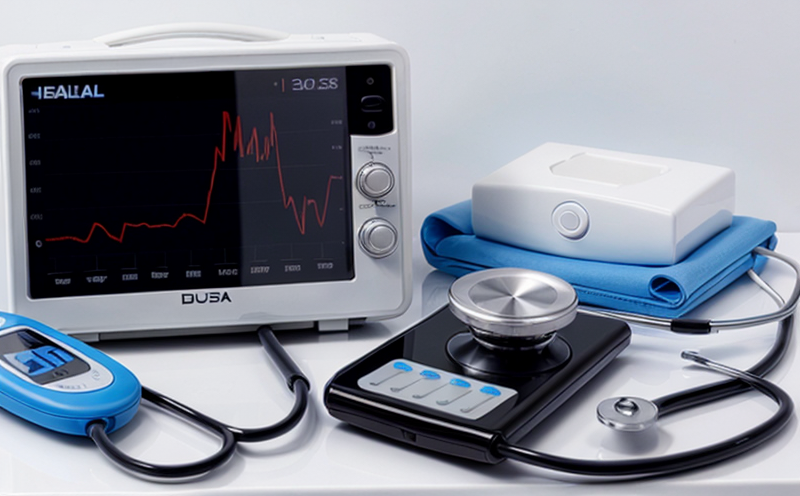
Healthcare and Medical Devices
The Evolution of Healthcare and Medical Devices: Trends, Innovations, and Challenges The healthcare...

Trade and Government Regulations
Trade and government regulations play a vital role in shaping the global economy. These regulations ...

Fire Safety and Prevention Standards
Fire Safety and Prevention Standards: Protecting Lives and Property Fire safety and prevention stan...

Energy and Sustainability Standards
In today’s rapidly evolving world, businesses face increasing pressure to meet global energy a...
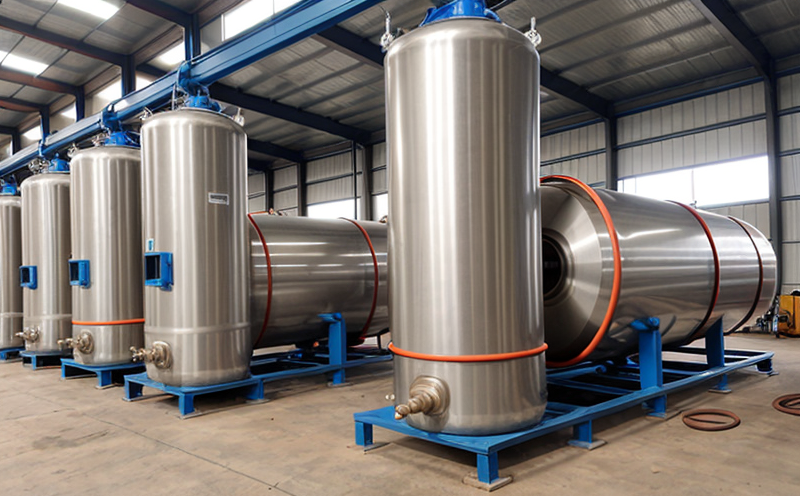
Pressure Vessels and Installations Testing
Pressure Vessels and Installations Testing Pressure vessels are a critical component of various ind...

Environmental Impact Assessment
Environmental Impact Assessment: A Comprehensive Guide Environmental Impact Assessment (EIA) is a c...

Cosmetic Product Testing
The Complex World of Cosmetic Product Testing The cosmetics industry is a multi-billion-dollar ma...

Battery Testing and Safety
Battery Testing and Safety: A Comprehensive Guide As technology continues to advance, battery-power...

Military Equipment Standards
Military Equipment Standards: Ensuring Effectiveness and Safety The use of military equipment is a ...

Railway Industry Compliance
Railway Industry Compliance: Ensuring Safety and Efficiency The railway industry is a critical comp...
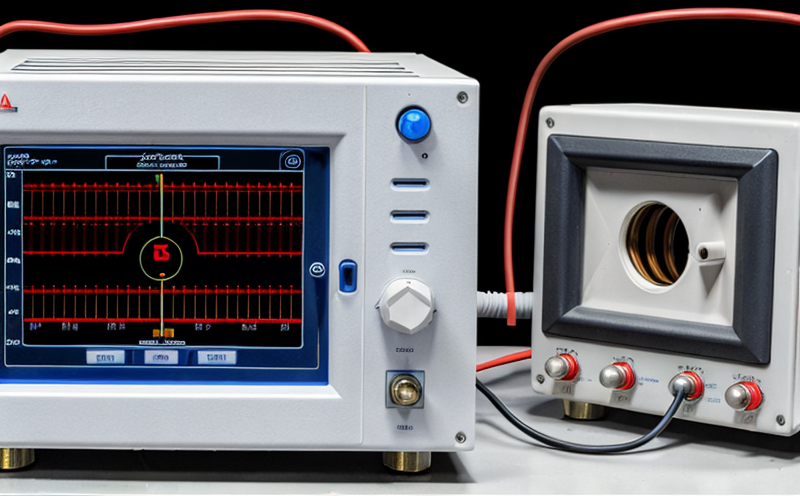
Electrical and Electromagnetic Testing
Electrical and Electromagnetic Testing: A Comprehensive Guide Introduction Electrical and electrom...

Automotive Compliance and Certification
Automotive Compliance and Certification: Ensuring Safety and Efficiency The automotive industry is ...

Aviation and Aerospace Testing
Aviation and Aerospace Testing: Ensuring Safety and Efficiency The aviation and aerospace industr...

Hospitality and Tourism Certification
Hospitality and Tourism Certification: Unlocking Opportunities in the Industry The hospitality and ...
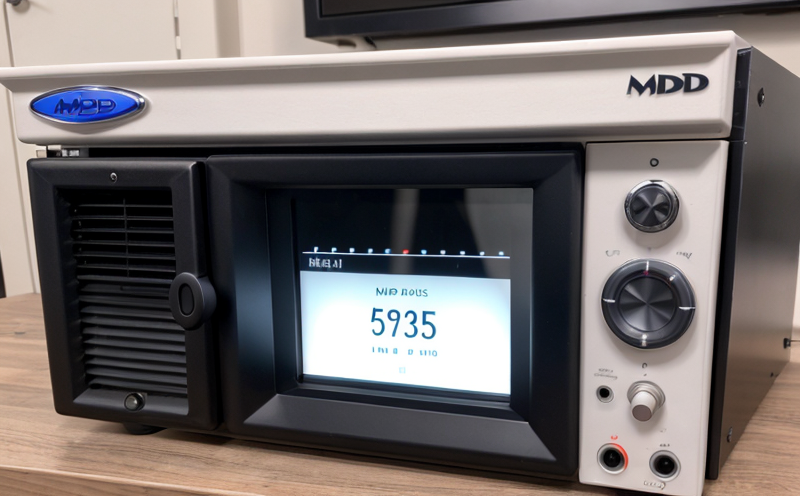
MDR Testing and Compliance
MDR Testing and Compliance: A Comprehensive Guide The Medical Device Regulation (MDR) is a comprehe...

Agricultural Equipment Certification
Agricultural equipment certification is a process that ensures agricultural machinery meets specific...